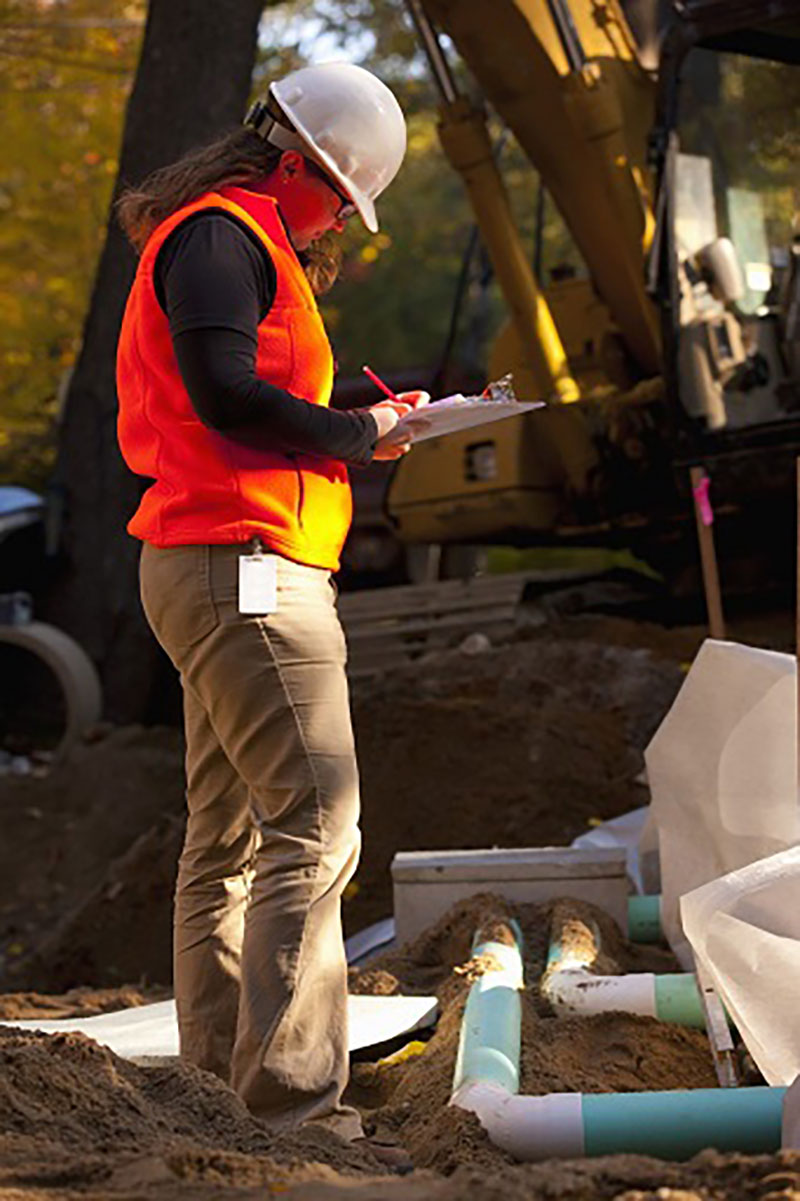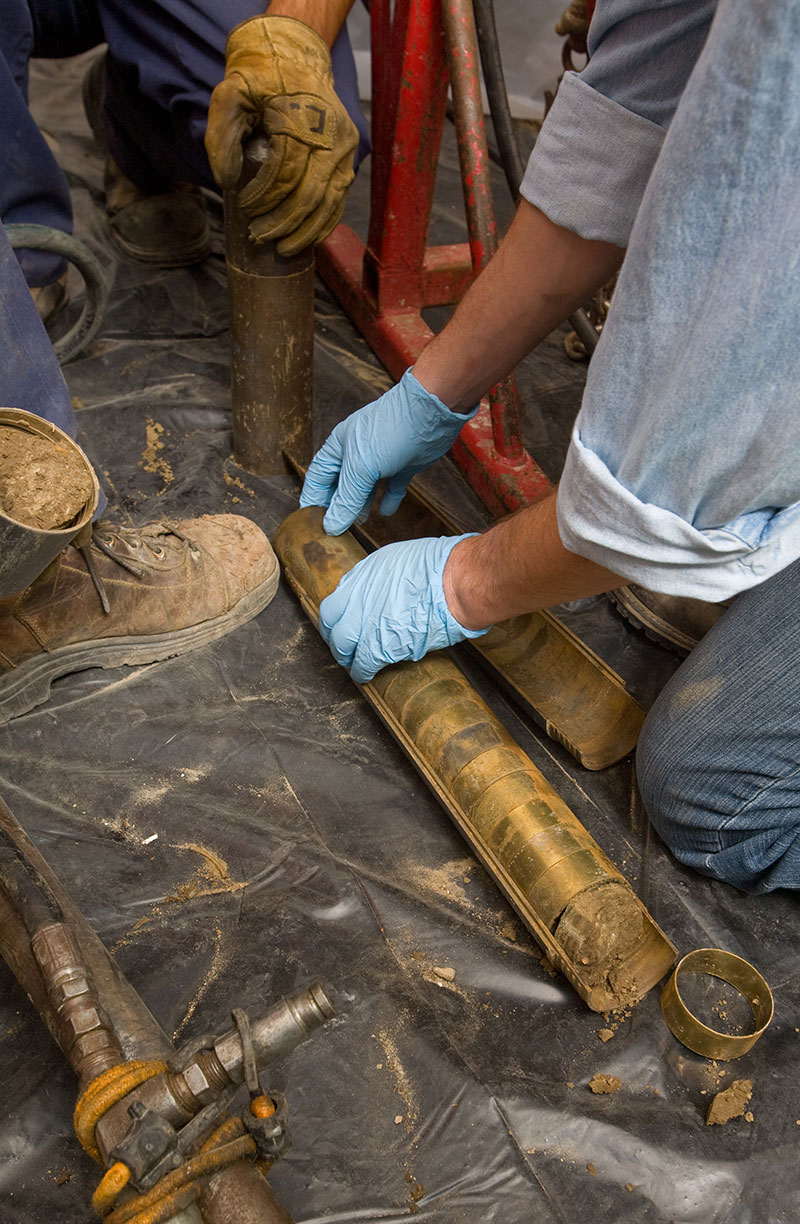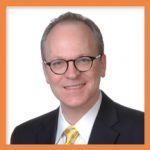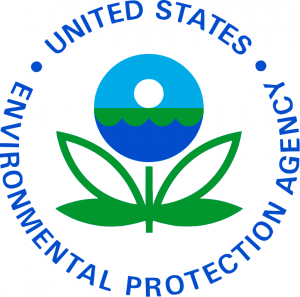Today’s savvy buyer of commercial and industrial real estate will always perform environmental studies, and even testing, as part of the due diligence process prior to completing a real estate transaction. If a financial lender is involved, it’s a must. Due diligence most often starts with a Phase I Environmental Site Assessment. If the assessment points to potential subsurface impacts from past onsite or nearby operations, a subsurface investigation (or Phase II investigation) is generally necessary to confirm site conditions. The Phase II consists of a limited sampling event designed toward the specific concerns identified in the Phase I. Phase II projects are often performed within a constrained budget established by the buyer, or being paid for by a seller who wants to spend as little money as possible, who hopes that the concerns identified in the Phase I are unfounded. Phase II investigations are typically seen as high-level presence/absence assessments rather than complete quantitative investigation of the extent of any identified impacts. In essence, a Phase II is utilized to metaphorically check a box “Yes” or “No” as an answer to whether or not a subsurface release has occurred from each identified historical concern. For the Phase I and Phase II process to be successful indicators of the environmental conditions of subject properties, it is important for the consultant performing the due diligence activities to understand the how many different types of past operations could potentially result in releases. Additionally, due diligence professionals must have adequate expertise with designing minimal work plans, that will still answer the important questions related to getting the transaction deal done.
When performing Phase II assessments at properties involving a current or former dry cleaning or manufacturing facility with impacts from past usage of chlorinated solvents (i.e. PCE or TCE), a specific expertise is required. Releases of TCE and PCE can be difficult to detect with a limited investigation since these contaminants may migrate downward from a surface source in very narrow pathways that are hard to find. A truly experienced environmental professional can also identify hidden areas where chlorinated solvents may have been released due to an intimate knowledge of historical solvent use and disposal practices. There can never be enough existing information about site geology and the configuration of potential contaminant migration pathways prior to conducting a Phase II, if the consultant has not done sufficient research and planning on surrounding geological conditions, or doesn’t have significant industry knowledge of the contaminant behaviors. If borings are not placed in the appropriate locations or are not advanced deep enough to detect these sometimes sneaky contaminants, you might get a “clean” environmental report, when you actually have a problem that just went undetected due to an inadequate investigation.
An environmental due diligence investigation is only as good as the expertise that goes into the planning. Although all parties involved in a real estate transaction hope for the best during the due diligence process, no one wins if existing contamination isn’t identified. This is especially true for properties where chlorinated solvents may have historically been used. Sites impacted with chlorinated solvents typically can be exponentially more expensive to cleanup than other types of contamination.






